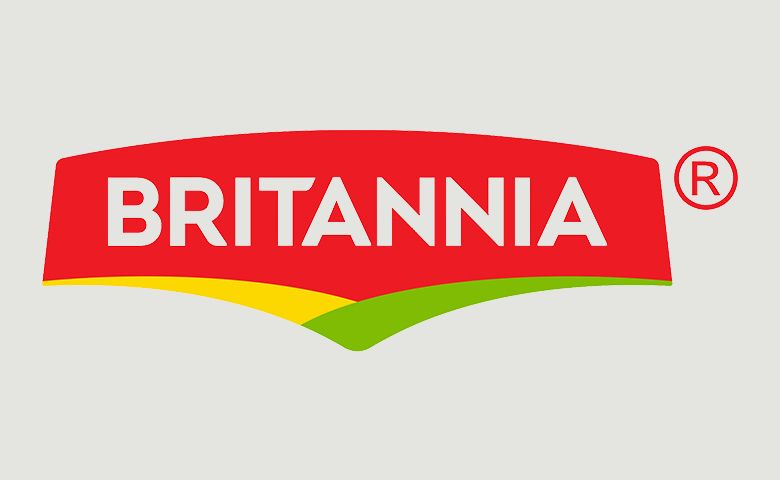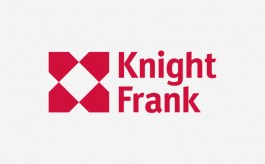Britannia says Q2 PAT down, revenue up, plans to revamp distribution strategy
By Retail4Growth Team | November 12, 2024
The company shares that that while its Consolidated Sales for the quarter ended September 30, 2024, grew 4.5% to Rs 4,566 crore, its Profit After Tax (PAT) declined 9.6% to Rs 531 crore and also that it is working on redefining its distribution strategy to optimize range distribution and improve outlet servicing.

FMCG major Britannia Industries has shared its financial report for the quarter ended September 30, 2024. It shows that while its Consolidated Sales for the quarter grew 4.5% to Rs 4,566 crore, its Profit After Tax (PAT) declined 9.6% to Rs 531 crore.
The company informed that over the last quarter, the Consolidated Sales grew 10.6% while the Profit after Tax grew 5.1%. For six month period ended 30th September 2024, the Consolidated Sales grew 4.3% while the Profit after Tax declined 0.8% over the previous year.
Commenting on the performance, Varun Berry, Vice Chairman & Managing Director, Britannia, said, “A ~8% volume growth with a sequential increase in revenue and operating profits are satisfactory results in the face of severe commodity inflation leading to a tepid consumer demand scenario in most FMCG categories.In the context of steep rise in prices of key commodities such as Wheat, Palm, Cocoa etc, we demonstrated agility in initiating focused pricing actions and identifying new levers for cost optimization across the value-chain. As a result, we maintained a healthy operating margin of 15.5% during the quarter. We are committed to investing in capability enhancement and brand development with the clear objective of driving market share and sustaining profits.”
He added, “Our agenda of being a “Total Global Foods Company” is progressing well with our adjacent businesses such as Croissant, Milk Shakes, Wafers and International growing at a healthy pace. Making strides in this direction, we are working on redefining our distribution strategy to optimize range distribution and improve outlet servicing, and the preliminary results of the pilots across 25 cities covering more than 50,000 outlets are encouraging. We reaffirm our commitment to our ESG frame work of People, Growth, Governance and Resources and shall continue to focus on our initiatives to build a Sustainable and Profitable business.”
Inflation, rise in commodity prices and sluggish consumer demand seem to have put pressure on FMCG brands. But as reports indicate, many of them are using the opportunity to redefine their distribution strategy and also increasing the focus on premiumisation.
A Nielson IQ report cited in an ET report says that the premium segment accounts for about 27% of the total FMCG sales and contributes 42% of the sector’s value growth. The rural market is also an improving opportunity for FMCG brands, with the Government’s Monthly Economic Reviewreportedly indicating improvement in rural demand for FMCG products, which was therefore reflected in their sales volume.








